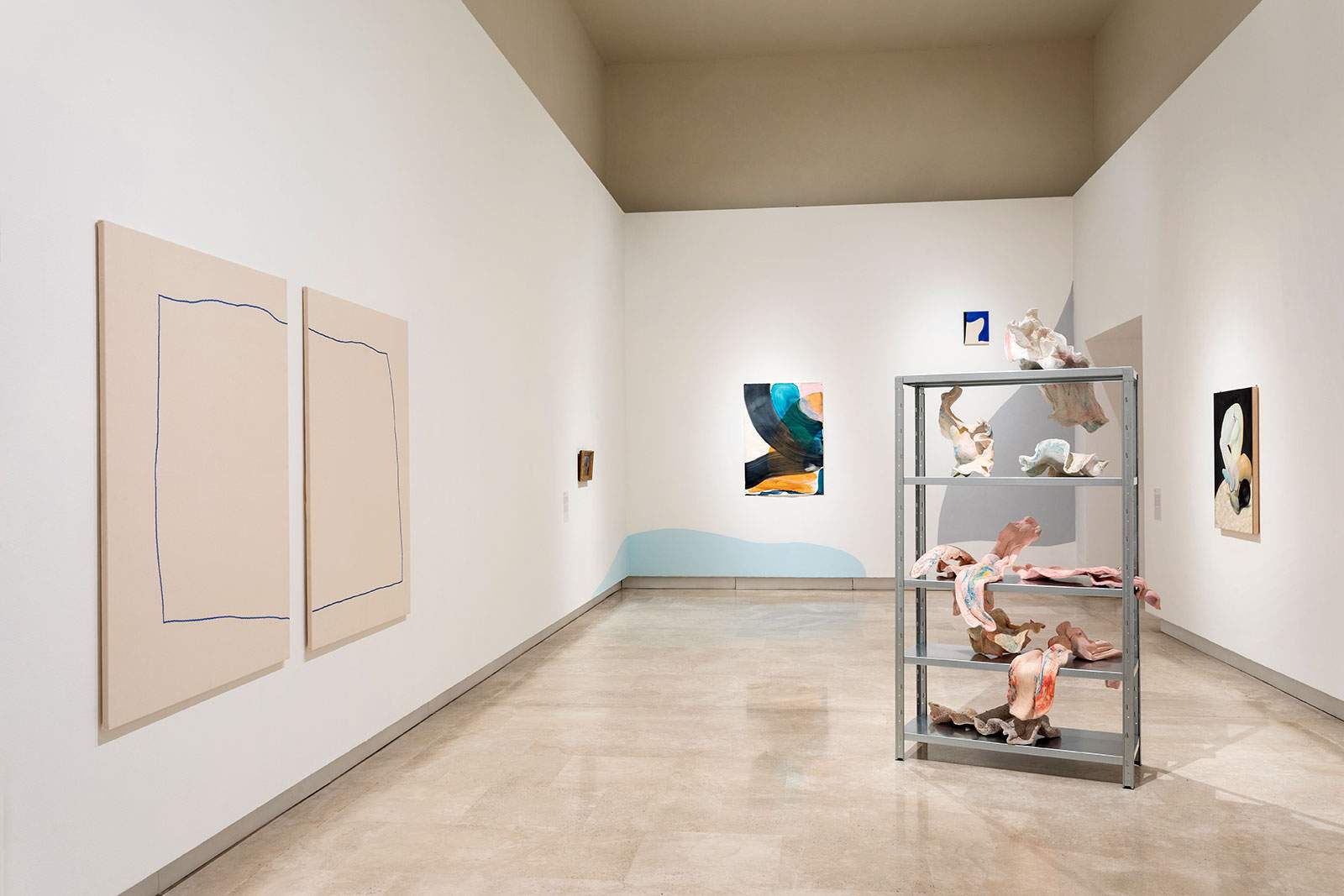Rome, a project starts at Palazzo delle Esposizioni to host works by artists-in-residence
Rome, a portrait is the first edition of a project that will transform, on an annual basis, the Palazzo delle Esposizioni into a privileged observatory on the visions and research of foreign artists and scholars who spend a period of residence in Rome each year, guests of the Academies and Institutes of Culture that have been based in this city since the seventeenth century. In 1666, at the instigation of the French Minister of FinanceJean-Baptiste Colbert and Gian Lorenzo Bernini, L’Académie de France was established, with the aim of welcoming the young artists who won the coveted Prix de Rome.
In the eighteenth century Rome was a cosmopolitan city, a favorite destination of the Grand Tour routes, an international environment in which to complete one’s cultural and personal education. Thus, on the French model, cultural representations from numerous other countries were founded during the nineteenth century, and some found their definitive location in the city following the Universal Exhibition of 1911, which identified the international cultural district of Valle Giulia as a distinctive feature of the modern capital. Even in the immediate postwar period, the foundation of other foreign research institutes is welded to the history-and narrative-of the city.
Witness to this privileged relationship between Rome and the international community is the immense quantity of representations of the city and its surroundings made in the various eras by foreign artists, which has in the Grand Tour a moment of particular importance. The landscape acquires autonomy starting in the seventeenth century and becomes, between the late eighteenth and earlynineteenth centuries, the genre with which painting renews itself, finding in the changing light and colors of Rome, and its surroundings, the ideal place in which to develop new languages.
The exhibition’s narrative begins in the early 19th century, a time when the confrontation between different personalities and national artistic schools was particularly fertile, especially in the temporary communities that formed in the summer, when having left their ateliers in the city, painters discovered its surroundings and painted en plein air.
Beginning with this reflection, the exhibition brings together works by artists who over time, united by having been residents of foreign Academies and Cultural Institutes in Rome, recount the city as a resource, a material that although represented with the foreignness of their gaze, recognizes its constituent and traditional matrices. From a pictorial genre, landscape is gradually declined in the exhibition path in different mediums and forms. It becomes a synthesis of elements, processes, relationships, habits, gazes, simultaneously pertinent to man, nature, the whole of forms and possibilities of the territory and environment.
On display are documents and photographs from the archives of the Academies and Institutes of Foreign Culture in Rome.
From this central core, the exhibition continues with meetings, performances and screenings hosted at Palazzo delle Esposizioni and with an invitation to take part in the exhibitions and open studios in the Academies and Institutes, which today represent places of encounter and contamination between paths, identities and communities, capable of narrating the complexity of our age.
Works and interventions by Elvira Amor, Giacomo Balla, Sara Barker, Yasmina Benabderrahmane, Carla Boserman, Simon Callery, J. B. Camille Corot, Danica Dakic, Catriona Gallagher, José Guerrero, Ernest Hébert, Benedikt Hipp, Julia Huete, Sophie Jung, Winifred Knights, Tobias Koch, Jochen Lempert, Benoît Maire, Ana Mendieta, Bocar Niang, Ester Partegàs, Elise Peroi, David Schutter, Maya Schweizer, Something Fantastic, Jakob Strandgaard, Esther B. Van Deman, William Villalongo, Hannah Villiger, Konstantin von Kügelgen, Laura White.
For all information, you can visit the official website of Palazzo delle Esposizioni.
Ph. credit: Daniele Molajoli
 |
| Rome, a project starts at Palazzo delle Esposizioni to host works by artists-in-residence |
Warning: the translation into English of the original Italian article was created using automatic tools. We undertake to review all articles, but we do not guarantee the total absence of inaccuracies in the translation due to the program. You can find the original by clicking on the ITA button. If you find any mistake,please contact us.




























